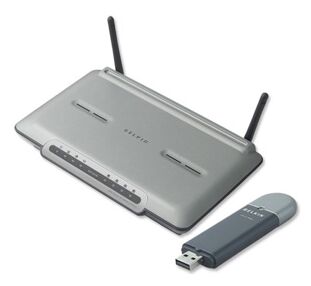
Wireless Networks
Today's newest wireless networks offer speeds comparable to or faster than 10BASE-T wired networks and offer mix-and-match equipment sources. Prices have also dropped dramatically, making wireless networking an increasingly appealing alternative to traditional wired network solutions.
The most common forms of wireless networking in the United States and Canada are built around various versions of the IEEE 802.11 wireless Ethernet standards, including IEEE 802.11b, IEEE 802.11a, and the newer IEEE 802.11g and 802.11n standards.
Wi-Fi (Wireless Fidelity) is a logo and term given to any IEEE 802.11 wireless network product that is certified to conform to specific interoperability standards. Wi-Fi Certification comes from the Wi-Fi Alliance, a nonprofit international trade organization that tests 802.11-based wireless equipment to ensure it meets the Wi-Fi standard. To wear the Wi-Fi logo, an 802.11 networking product must pass specific compatibility and performance tests, which ensure that the product will work with all other manufacturers' Wi-Fi equipment on the market. This certification arose from the fact that certain ambiguities in the 802.11 standards allowed for potential problems with interoperability between devices. By purchasing only devices bearing the Wi-Fi logo, you ensure that they will work together and not fall into loopholes in the standards.
